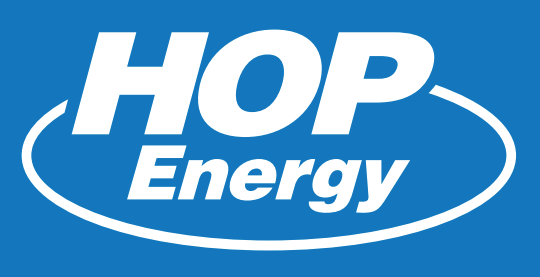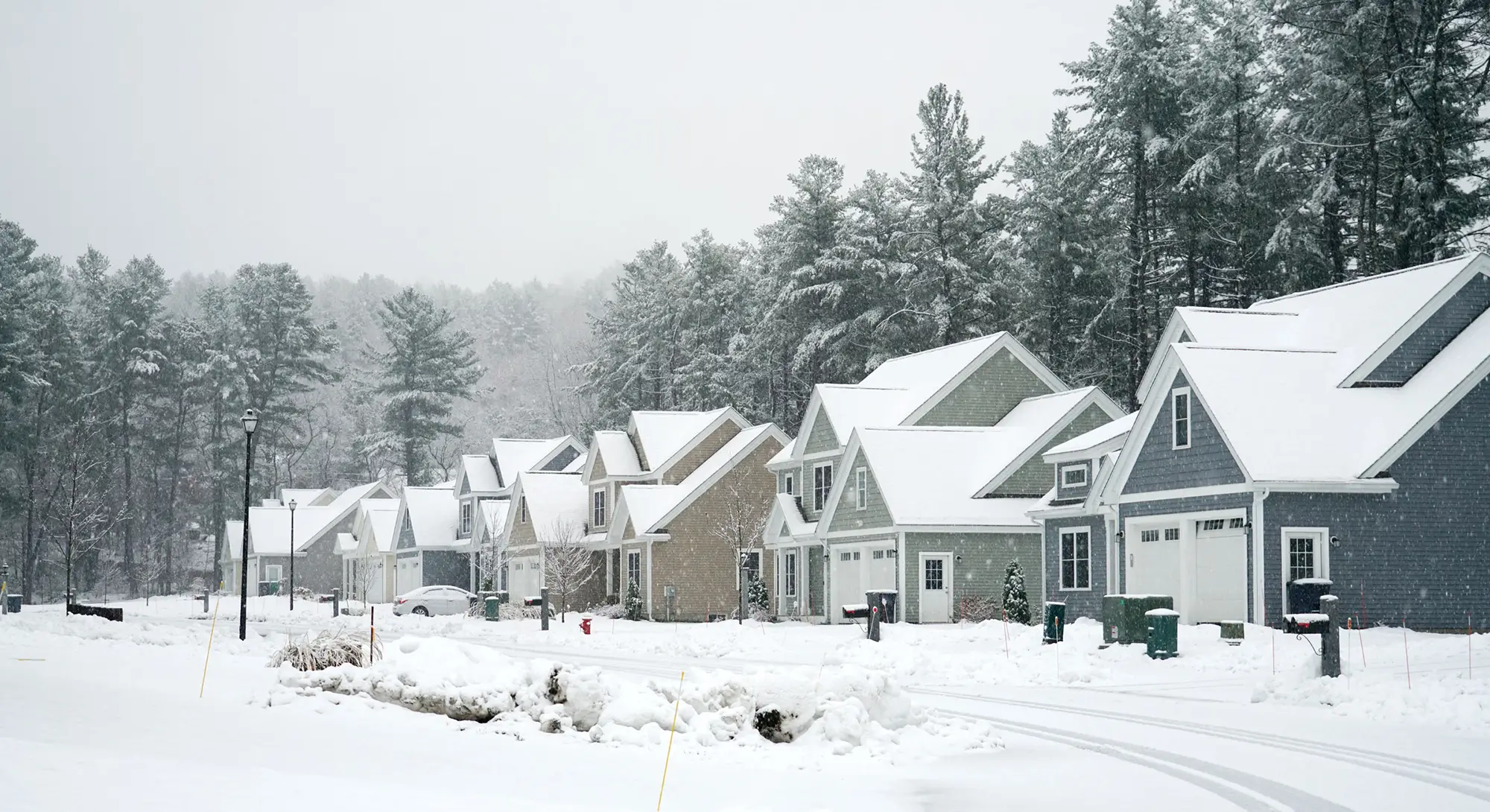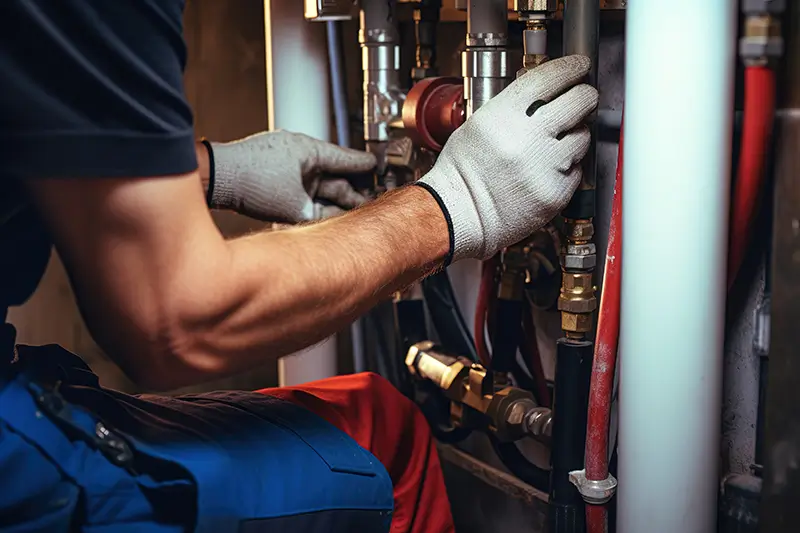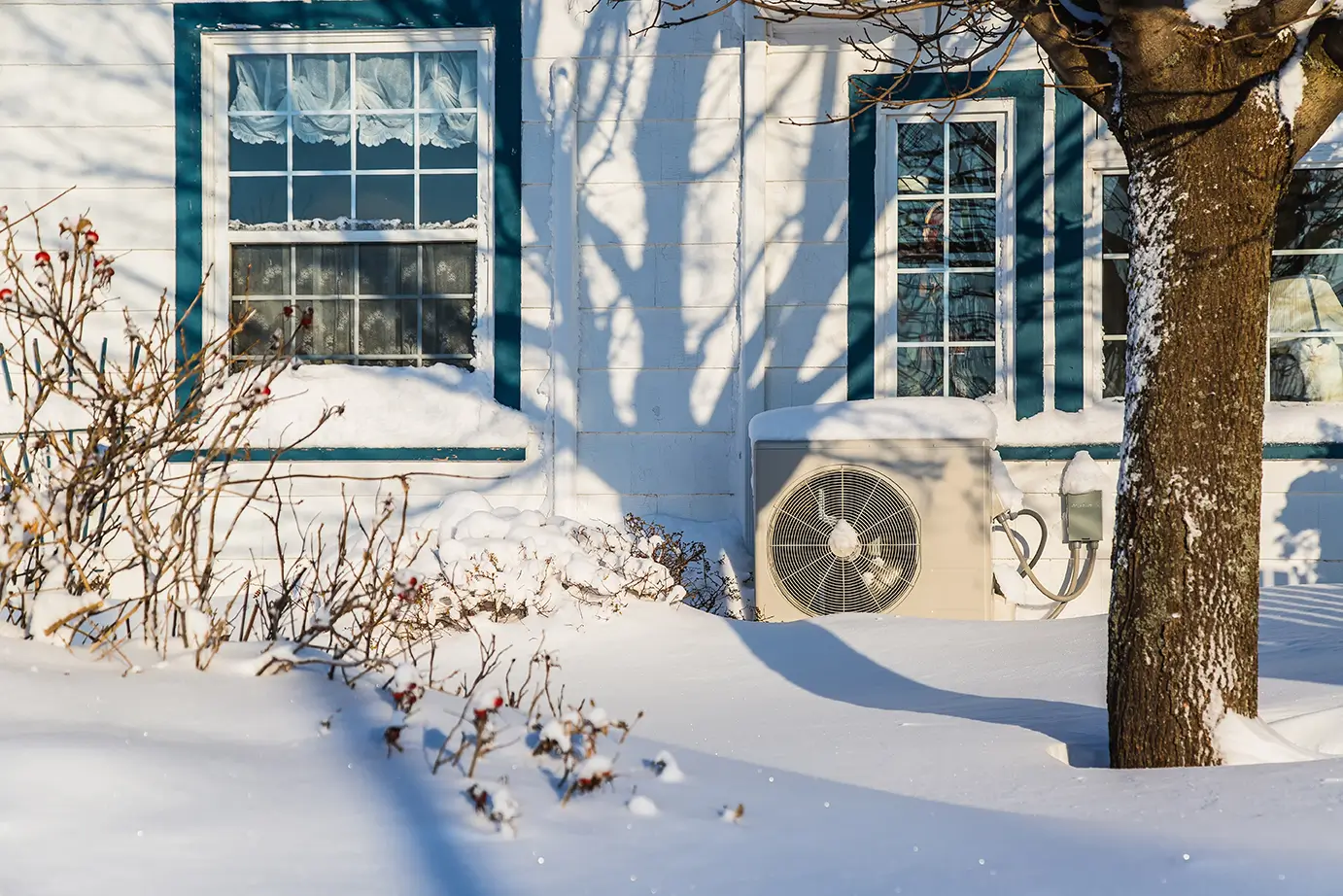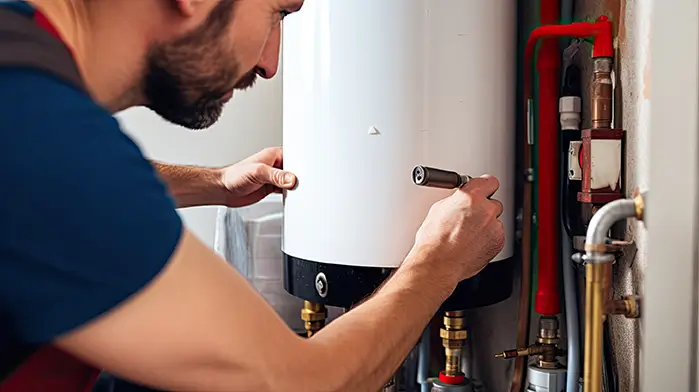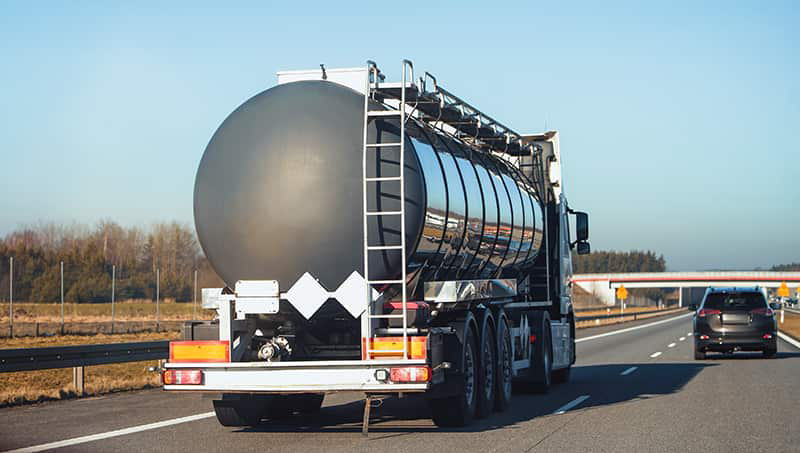When considering the purchase of a new home, it’s easy to get caught up in the excitement of exploring layouts, imagining furniture arrangements, and planning your future life within its walls. However, amidst the many aspects of home buying, one critical area often overlooked is the condition of the heating system. Ensuring a thorough inspection of this vital component can save you from unexpected expenses, safety hazards, and discomfort down the road.
Table of Contents
Booking Professional Inspections
A home’s heating system is its lifeline during the colder months, responsible for maintaining a comfortable living environment. However, without a detailed inspection, it’s impossible to know whether the system is running efficiently or if it’s on the verge of failure. A professional evaluation can reveal underlying issues such as age-related wear, improper maintenance, or hidden damages that might not be apparent during a general home inspection.
Avoiding Safety Risks
One of the most significant concerns with a neglected heating system is the potential for safety hazards. Older systems or poorly maintained units can develop problems such as cracked heat exchangers, which can lead to carbon monoxide leaks—a silent, odorless gas that poses severe health risks. An inspection can identify these dangers before they become a threat to your family’s safety.
Ensuring Energy Efficiency
Energy efficiency is another key reason to prioritize a heating system inspection. Outdated or inefficient systems can result in high utility bills that strain your monthly budget. A professional assessment will help determine whether the system meets modern efficiency standards or if replacement with a more cost-effective unit is advisable. For prospective homeowners, this insight can be invaluable when negotiating the purchase price or planning future upgrades.

Assessing Home's History
Additionally, understanding the condition of the heating system gives you a clearer picture of the home’s overall maintenance history. A well-maintained system often reflects a homeowner’s dedication to caring for the property, while neglect in this area might hint at other unseen issues throughout the house. This knowledge empowers you to make an informed decision about whether the home is worth the investment or if significant additional costs might arise after the purchase.
Gaining Peace of Mind
Finally, a heating system inspection provides peace of mind. Knowing that the system has been evaluated by a qualified professional and is in good working condition allows you to move forward with confidence, avoiding unpleasant surprises once the keys are in your hands. For homes with newer heating systems, an inspection can confirm that warranties are intact and provide guidance on proper maintenance to extend the unit’s lifespan.
In Conclusion
Purchasing a home is one of the most significant investments you’ll make, and ensuring the heating system is in optimal condition is a crucial step in protecting that investment. By prioritizing an inspection, you safeguard your future comfort, safety, and financial well-being, making the home-buying experience as warm and welcoming as the space itself
